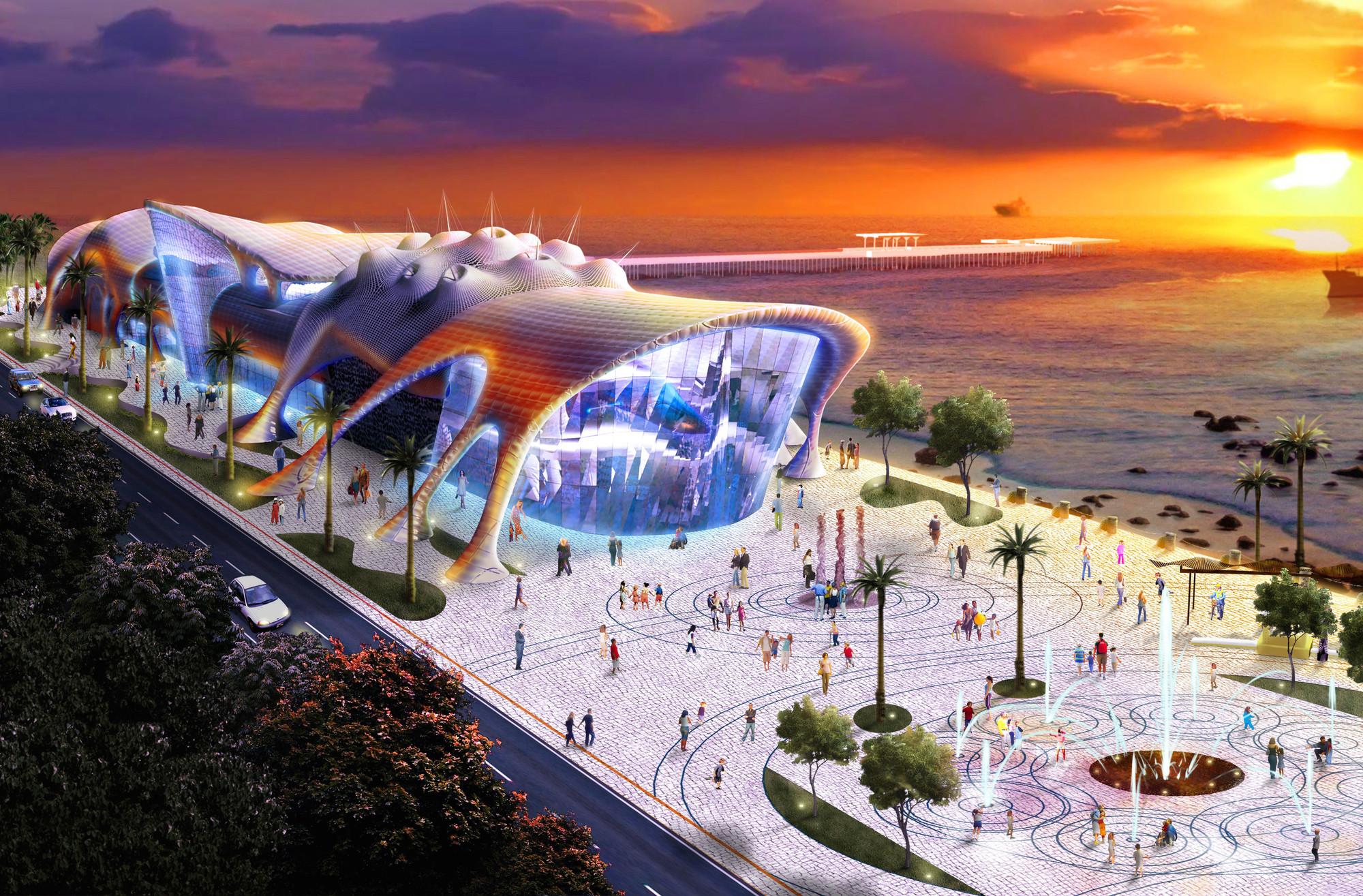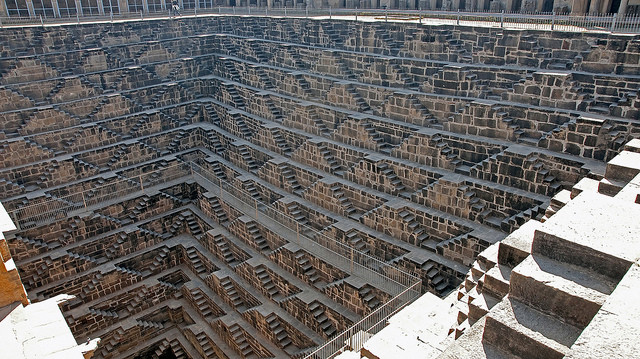
The Italian city of Florence is, according to an article for The Observer, seeking "a better class of tourist." Palazzos are being sold off and converted into hotels and spas, and the ubiquitous 'luxury apartment' development brands are creeping ever closer to some of the city's most treasured architectural monuments. In response, a recent report from UNESCO is urging the municipal government to consider the long-term effects of proposed infrastructural plans on the city, which was inscribed in 1982. "For many vocal and disgruntled Florentines," Stephanie Kirchgaessner writes, "the Palazzo Vecchio is looking less like a stately symbol of civic pride and more like an estate agency."

















